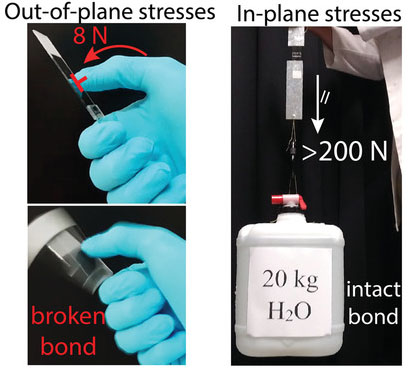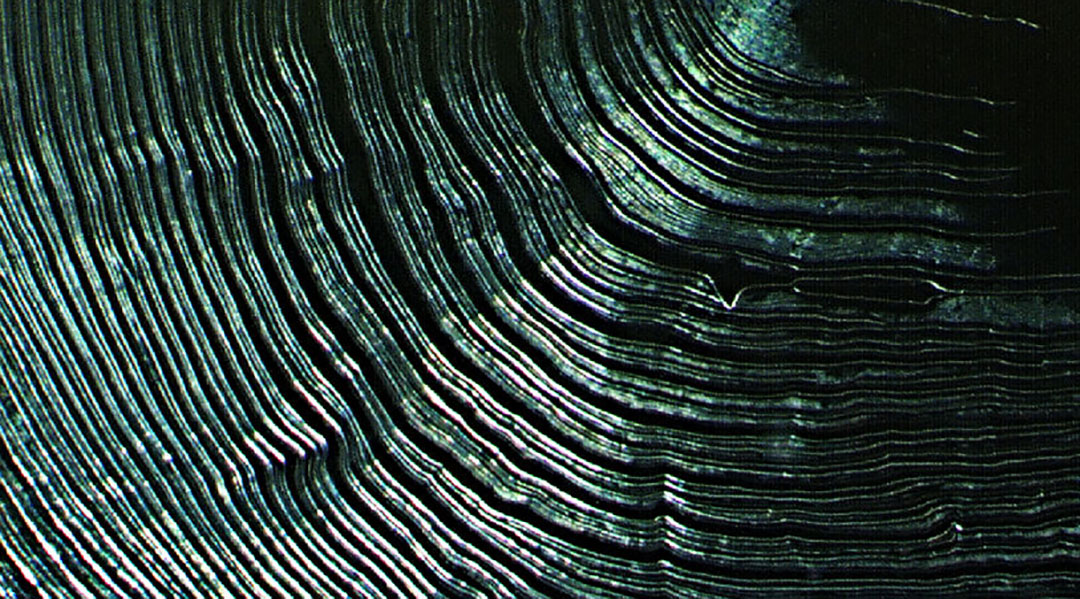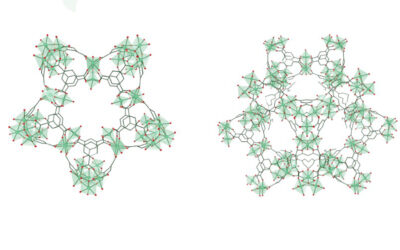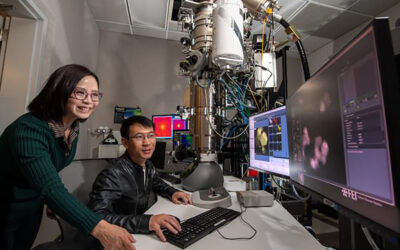As the world tries to move to a more sustainable and eco-friendly economy, the idea of going “back to nature” to make new materials has been gaining traction. Now, the glue industry could be in the spotlight for going back to the basics of bio-based sources. However — as equine lovers will be pleased to learn — horses can rest safe in the knowledge that their bones aren’t the target of this new, bio-based glue. Horticulturists, on the other hand, might wish to continue reading.
In a study recently published in Advanced Materials, an international team of researchers has made an adhesive from plant-derived cellulose nanocrystals (CNCs) which is both super strong and cheap, but most importantly, eco-friendly.
The resultant “green” glue is exceptionally strong, but also unique compared to other glues; due to the nano-crystalline structures of cellulose, this CNC-based glue can be granted strength in a preferred direction. When two materials are adhered together, the strength along the main plain of the bond can be up to 70 times stronger than along the perpendicular plane. Due to this property, it was found that the glue can hold up to 20 kg weight of a glued material, but can also be separated with ease depending on the direction of the applied force.
This is highlighted in the image below, with two glass slides stuck together with just a few drops of the glue showing bond breakage after 8 of force in one direction, but staying strong with over 200 N of strain in another.

As Dr. Blaise Tardy from the Aalto University and first author of the paper said, in a press release by Aalto University, “The ability to hold this amount of weight with just a few drops is huge, especially from a natural plant-based solution.”
The glue is made simply from a suspension of CNCs in water, wherein the CNCs form structured layers thanks to the phenomenon of evaporate-induced self-assembly (C-EISA) — “allowing the glue to set” in layperson’s terms.
This is in strong contrast to the making of contemporary high-strength glues, which involve complex and expensive routes. With the new glue taking bio-based particles sourced from plants and then completed by quite literally instructing one to “just add water”, the glue has obvious green and cost-effective credentials.
Professor Orlando J. Rojas — lead author of the paper and also at Aalto University — was also keen in the same press release to highlight the international nature of this simple but impressive discovery. As well as Finland, the researchers come from the University of Tokyo, Sichuan University, Harvard, and the University of British Columbia; “Reaching a deep understanding on how the cellulose nanoparticles, mixed with water, [form] such an outstanding adhesive is a result of the work between myself, Dr. Tardy, Luiz Greca, Professor Hirotaka Ejima, Dr. Joseph Richardson and Professor Junling Guo and it highlights the fantastic collaboration and integration of knowledge towards the development of an extremely appealing, low-cost and safe application.”
Tardy also highlights the importance of good glues in the packaging industry. “Good, green packaging with bad glue still renders the packaging bad.”
Of course, other applications are envisaged, which ties into the need for a more sustainable economy. The paper hopes the such CNC-based glues can be used for high-strength, yet brittle machine parts in order to prevent failure and reusability.
As throw-away culture and the manufacture of products that are not built to last remain a problem, we must change such habits to the uptake of quick (but reliable) fixes rather than quick replacements. An exceptionally strong, green, and sustainable method of such fixing with plant-based glues looks like a promising step toward this needed paradigm shift.
Communication article available at: B. L. Tardy, et al. Advanced Materials, 2020, doi.org/10.1002/adma.201906886
Quotes adapted from the original press release

















